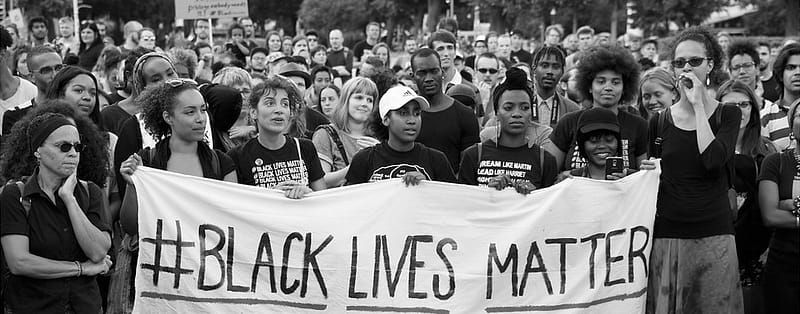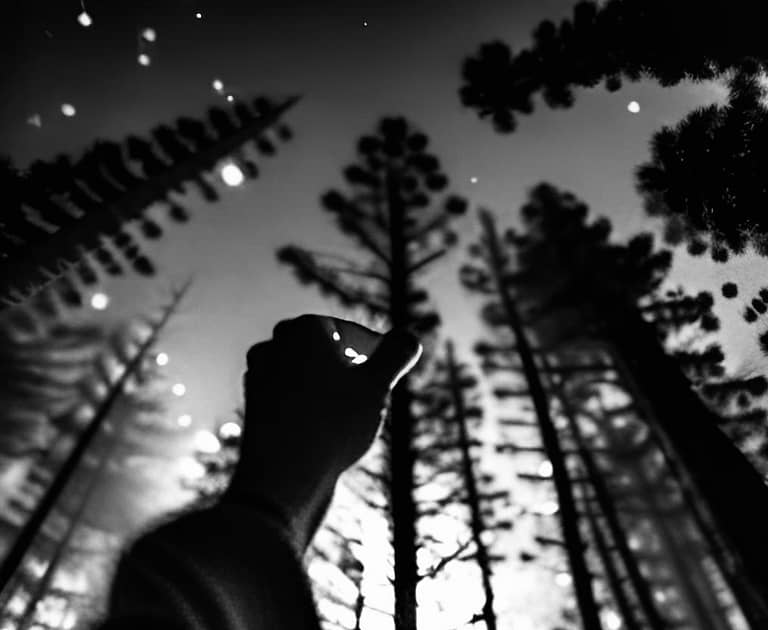In a first contribution to Conditioned Things, Christina Hutchinson considers the way in which social media desensitizes viewers to acts of anti-black violence and spectacularizes police brutality. On the one hand, social media allows us to bear witness to this violence and expose systemic injustices; on the other, white viewers may ‘consume’ the violence and walk away from it relatively unmoved and unharmed. Here, she provides a few tips on how to become a responsible witness, rather than a passive consumer of anti-black violence.
We propose, then, that, because blacks are victimized as a social group, individualized notions of accountability for their victimization undermine the historical, institutional and everyday meanings of policing predominantly Black areas. – João Vargas and Jaime Alves
Now is not the time for silence
Recent events have brought anti-black violence to the forefront of our discussions and we have all (hopefully) recognized our complicity in allowing systemic injustice to retain its power. We’ve witnessed uprisings as a response to the brutal murder of George Floyd – a Black man with a heart condition who was pinned to the ground by four police officers. One of those officers, Derek Chauvin, pressed his knee against Floyd’s neck until he could no longer breathe and went into cardiac arrest. The actions leading to Floyd’s death have augmented the very real reality of police brutality and anti-black racism.
Yet, as per Vargas and Alves’ quotation above, justice for this heinous crime can only be achieved by addressing the systemic injustices that lead police officers to kill with confidence in the first place, even as they are in broad daylight, in the presence of witnesses, while being filmed in the age of social media. Merely holding the individual police officers who were involved in the murder accountable would undermine the historical, institutional and operational character of policing as enacted on Black communities daily: the officer’s knee restraint on Floyd’s neck did not take place in a vacuum.
Indeed, the outrage inspired by the murder of Floyd is an absolutely productive and legitimate response to the complex range of emotions that are felt when one is made painfully aware of how the colour of one’s skin is read by members of society – how being Black is seen as being disposable. The disposability of Black bodies is a dire consequence of white supremacy in a neocolonial society that mystifies anti-black violence as protection of the State. White people can stand back and complain about the destruction of chain stores being an ‘unproductive’ response or a ‘dishonour’ to Floyd’s memory because white people are not being murdered. White people can go for a jog without being shot dead in the street. White people who pay with a counterfeit bill won’t be murdered by a police officer. That is white privilege – having the ability to look away from the violence and move on with your life, regardless of what happens to Black people. Had George Floyd or Ahmaud Arbery been white, we wouldn’t be here.
The Spectacle of Anti-Black Violence
What if these horrific scenes had not been filmed and, as a result, had not been accounted for? Social media has provided us with the power to expose injustices and witness first-hand the violence of systemic racism against Black people. But there is danger in consuming such violence on our screens as it normalizes and sensationalizes representations of anti-black racism. Circulating these disturbing videos through social media creates a spectacle out of these brutalities. We, the viewers, consume the violence and walk away largely unharmed by it, even if temporarily emotionally distraught. White audiences in particular can walk away still feeling safe. White people can choose to not participate in conversations about anti-black racism, even if they are psychologically disturbed by these scenes. I urge white people to not choose complicity.
Sensationalized representations of anti-black violence have historically existed as a method of social control. The story of Emmett Till reminds us that Black men have been publicly brutalized for innocuous behaviour, such as whistling at a white woman. Emmett was 14 when he was lynched in 1955. These displays of violence were normal and celebrated by white audiences who consumed them as entertainment. The common thread that intertwines these historical accounts with current lynchings of Ahmaud Arbery and George Floyd is an assumption of criminality. The Black body is read as suspect and the perception of its deviance legitimizes the brutal use of force to reconcile its disobedience. An understanding of the historical role of lynching in the criminalization of Black bodies and the normalization of anti-black violence is critical for recognizing our responsibilities as individual and collective witnesses. Think of this history when you scroll through your social media, watching modern-day lynching videos of Black men being murdered and tortured and put on display for public consumption.
Perhaps we should be concerned by the fact that these videos can be watched in the comfort of our homes, on social media platforms that are often described as distractions, removed from our daily lives. What does it mean when these terrible acts of racist violence become quotidian, akin to the way that we watch Youtube videos? How do we take responsibility for our witnessing?
Responsible Witnessing:
- Educate yourself. Have a look at some of my recommended readings for further research into the trajectory of anti-black violence and spectatorship.
- Stop re-sharing these videos. We do not need to re-traumatize others.
- No more silence!! Have open and honest dialogue about these issues.
- Resist – dismantle the system from within. We belong to organizations that uphold values of white supremacy. Let us make changes to policies that seem unjust.
- Don’t be complicit – DO something when presented with the opportunity.
Recommended Readings:
- Alexander, Elizabeth. 1994. “Can you be BLACK and Look at this?: Reading the Rodney King Videos.”
- Boler, Megan. 1999. Feeling Power: Emotions and Education
- Collins, Patricia H. 2000. Black Feminist Thought: Knowledge, Consciousness and the Politics of Empowerment.
- Hartman, Saidiya. 1997. “Scenes of Subjection: Terror, Slavery and Self-Making in Nineteenth-Century America.”
Photo: Libertinus



